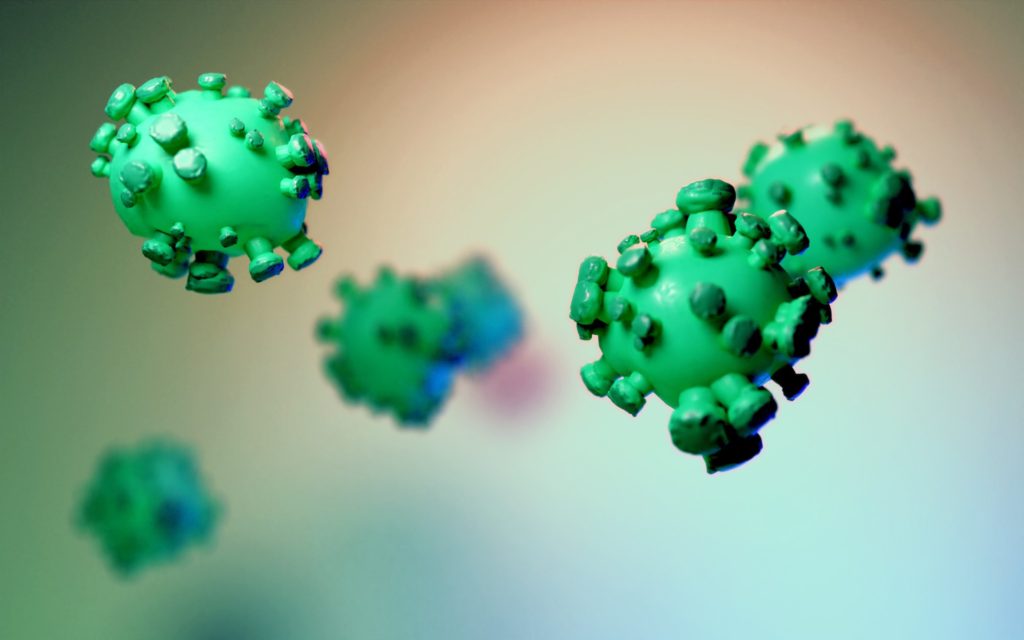The number of bacteria that are on the Earth is about five million trillion. That sounds like a scary number, but in reality, it shouldn’t be.
There are many different types of germs, and not all of them are bad. The trick to living a clean and healthy life is knowing the different types, how they work, and what you can do about them.
Read this guide to better protect yourself.
What Are Germs
Germs are microscopic organisms that can cause disease. They can make you very sick or cause dangerous infections. But not all are bad; many others are harmless or even necessary to maintain a healthy balance in your body.
Four Different Types of Germs
There are four classifications of germs, bacteria, viruses, protozoa, and fungi. Each one has unique characteristics in their structure, where they thrive, and what kind of effects they have.
Bacteria
These single-celled organisms are fast reproducing and feed on their surroundings. We live with many good bacteria that help to keep us healthy. However, many can cause ugly infections, such as E. coli, cavities, ear infections, tonsilitis, and pneumonia.
Viruses
This type of germ only survives by invading a host that has living cells. Examples of viruses include the flu, measles, and chickenpox. For many viruses, we have vaccines and cures, but there are many others that we don’t.
Protozoa
You’ll find protozoa germs in the water. They are attracted to moisture and spread through water sources. They most often cause diarrhea, pain, and nausea.
Fungi
These germs are multi-celled and are similar to plants. They can thrive in soil, water, or even the air. Damp and warm environments are ideal, and they will obtain food from living organisms.
Many fungi are harmless. However, others cause discomfort, such as ringworm.
How Germs Spread
The most common way germs spread is through contact. Surfaces that are considered high-touch tend to have higher levels of germs because more people come into contact with the surface.
Germs can also spread through saliva, sweat, blood, and air circulation. They can be in the water you drink. Someone who’s sick while coughing or breathing around you can expose you.
How Do Germs Work
Once germs enter your body, they settle in for the long haul. They absorb valuable nutrients and energy while releasing toxins. These toxins are what trigger your body to have unpleasant reactions, such as vomiting, coughing, rashes, fever, and diarrhea.
Understanding how germs work will help you combat their spreading. You can do this by washing your hands often, cleaning high-touch surfaces regularly, and even disinfecting your shoes before entering your home.
These efforts will reduce the number of harmful bacteria that are present in your home. This then reduces the risk of you becoming infected. You can learn more here about how disinfecting your shoes help you to keep a cleaner home or office.
Prevent Germs From Spreading in Your Home
While not all types of germs are harmful, the nasty ones can cause some serious problems. It’s smart to keep yourself and your family protected by regularly cleaning. Look for ways you can eliminate risks in your home and create a disinfecting routine.
Browse our other articles for more tips and advice on living your best life.

